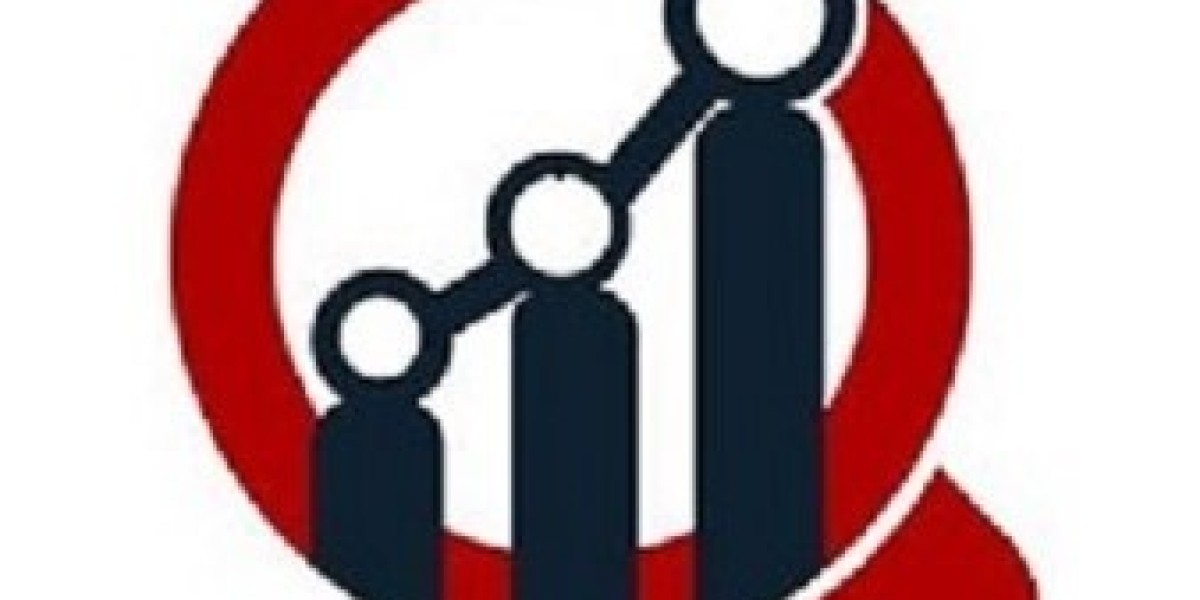Workplaces are full of daily tasks, moving parts, and sometimes unexpected hazards. While employers do their best to minimize risks, accidents can still happen. From a minor cut in the warehouse to someone fainting in an office meeting, emergencies can arise at any time. This is where having a trained first aider makes a huge difference. Appointing the right person is not just a formality—it’s a step toward creating a safer and more confident work environment.
Many employers often compare this responsibility to investing in professional safety training programs. Just as organizations carefully evaluate something like the NEBOSH Course Fee before committing, they must also carefully consider who is best suited to take on the role of a first aider. Both decisions involve planning, responsibility, and a long-term focus on workplace safety.
In this article, you’ll find a clear step-by-step guide to choosing and appointing a workplace first aider. The steps are explained in simple language, using real-world examples, so that you can confidently take action in your workplace.
Why Appointing a First Aider Matters
A first aider is the first line of defense in a medical emergency. While they are not a replacement for professional medical staff, they can provide immediate care until emergency services arrive. Quick action can prevent a minor injury from becoming serious or even save a life. For example, imagine a worker suffering from a severe allergic reaction during lunch. A trained first aider who knows how to use an epinephrine auto-injector can keep the person stable until paramedics arrive. Without that timely help, the outcome could be very different.
Appointing a first aider is also a legal and moral responsibility. Health and safety laws across many countries emphasize the need for adequate first aid arrangements in every workplace. Beyond compliance, it shows employees that their wellbeing is valued, which helps build trust and morale.
Step-by-Step Guide to Appointing a Workplace First Aider
Step 1: Assess Your Workplace Needs
The first step is to look closely at your workplace and identify potential risks. A small office with ten staff will have very different needs compared to a busy construction site. Think about:
The size of your workforce
The type of work being done
Any existing health conditions among employees
How far you are from emergency medical services
For instance, a remote factory might need multiple trained first aiders because it could take longer for an ambulance to arrive. On the other hand, a small retail store in the city center may only need one.
Step 2: Understand Legal Requirements
Every country has its own rules about first aid in the workplace. Some regulations specify the minimum number of first aiders based on employee numbers. Others might require special training depending on the hazards present. Employers should research and make sure they are meeting or exceeding these requirements. Failing to do so could lead to penalties, but more importantly, it could leave employees at unnecessary risk.
Step 3: Select the Right Candidate
Choosing the right person is crucial. A workplace first aider should be:
Calm under pressure
Responsible and reliable
Physically able to carry out tasks
Willing to undergo training
Sometimes, the ideal person might already be part of your supervisory or management team. In other cases, it could be a staff member who has shown interest in health and safety matters. Remember, enthusiasm and willingness to learn are just as important as prior knowledge.
Step 4: Provide Professional Training
Once you’ve identified a candidate, the next step is training. Professional first aid courses equip employees with the knowledge and confidence to act quickly during emergencies. Training usually covers CPR, handling bleeding, burns, fractures, and workplace-specific risks. Refresher courses are also vital because skills can fade if not practiced.
This is similar to how organizations invest in structured learning such as safety programs. Just as managers weigh options like NEBOSH in Pakistan for developing safety expertise, employers should see first aid training as an essential investment, not an expense.
Step 5: Equip the First Aider Properly
Even the best-trained first aider cannot perform effectively without the right tools. Make sure your workplace has:
Clearly stocked first aid kits
Automated external defibrillators (AEDs) where needed
Easily accessible first aid rooms in larger workplaces
A system for restocking supplies
It’s not enough to appoint a first aider—you must also give them the resources to succeed.
Step 6: Communicate to Everyone
Once the first aider is appointed and trained, it’s important to let everyone know. Display notices in common areas with the first aider’s name and contact details. During induction training, new employees should be informed about who the first aider is and how to contact them in an emergency. This step ensures that help is never delayed due to confusion.
Step 7: Review and Refresh Regularly
Safety is not a one-time task—it requires ongoing attention. Employers should regularly review whether they have enough first aiders, if training is still up to date, and whether new workplace hazards demand additional preparation. For example, if your company expands into chemical handling, your first aiders may need specialized training.
Think of it like revisiting the NEBOSH Course Fee to evaluate whether the investment continues to deliver long-term value. In the same way, reviewing your first aid arrangements ensures they remain relevant and effective.
Real-Life Anecdote: A Warehouse Incident
Consider the case of a distribution warehouse where an employee accidentally cut his arm on exposed metal. Thanks to the quick response of a trained first aider, bleeding was controlled within minutes, and the worker was safely transported to the hospital. Later, the management realized that if they hadn’t appointed and trained a first aider, the injury could have turned life-threatening. The incident served as a powerful reminder of the importance of taking this responsibility seriously.
Common Mistakes to Avoid
Choosing someone unwilling: A first aider role should never be forced on an employee.
Neglecting refresher training: Skills fade quickly if not updated.
Failing to communicate: Employees must know who their first aider is.
Overlooking equipment: A first aider without proper tools cannot perform effectively.
Read more about the NEBOSH in Pakistan to see how structured training programs can further strengthen workplace safety.
Final Thoughts
Appointing a workplace first aider is not just about following regulations—it’s about protecting lives, building trust, and creating a culture of safety. By following the step-by-step process outlined here, you can make sure your workplace is always prepared to handle emergencies.
When done correctly, this investment brings peace of mind for both employers and employees. Just as organizations carefully assess training investments like the NEBOSH Course Fee, businesses should treat first aid arrangements with the same level of seriousness and planning.








